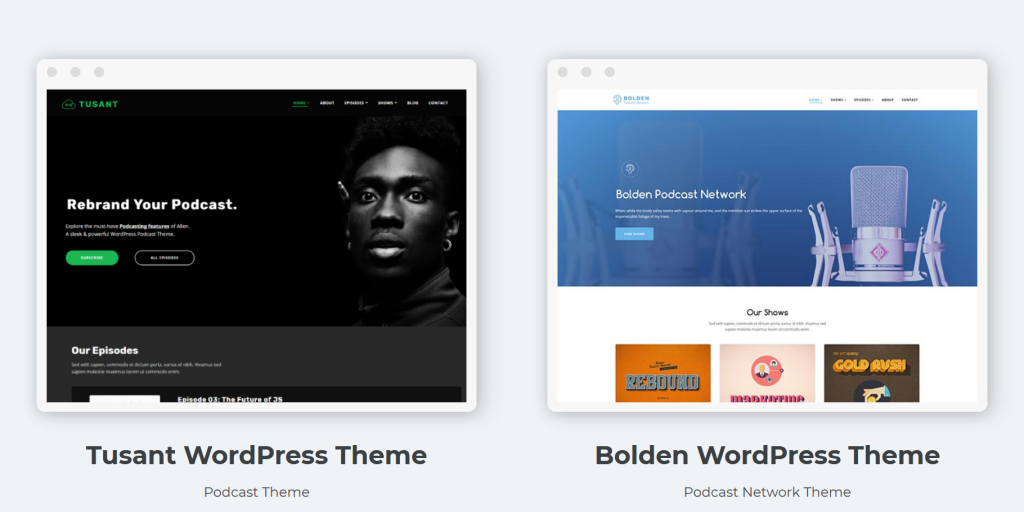7 Steps to Choose the Perfect WordPress Theme

Choosing a suitable WordPress theme might be difficult for beginners. Each theme looks different and it’s hard to preview all the features we are going to need or use. Our various themes cater for different user/ audience needs. Therefore, choosing a WordPress theme should be complementary to the content to be displayed. Many WordPress themes come with different customization options. The most popular place to find free themes is through the WordPress.org theme repository. We also offer themes, which can be visible on our WordPress Themes page.
Without the proper coding, these options can make it difficult for you to change a theme or use other WordPress plugins. Other themes may be suitable regarding appearance but make the website slow. Google always gives priority to the fastest websites. Your theme is not only the face of your website but also plays a role in for how search engines perceive it. Here are some of the factors;
1. Make it simple
We have multiple features within our themes, from colors, different complex layouts, and flashy animations. This may seem attractive at first, and it is, however, is it friendly to your target audience? Overuse of these will complicate usability. Get one theme that has a design layout that helps you support your goal. The theme’s presentation style should enable users to find the information they need and at the same time assist you as an owner achieve your goals. A theme can look great and not necessarily bring traffic to your website or prove difficult when a user tries to maneuver around your site.
2. Responsive theme
In many cases the user is usually accessing your site or any other sites through their handheld devices; it may be a tablet or a phone. Given the extensive nature of the themes we provide, you may find that some sellers have put a fixed width layout for their themes. However, a huge number of our themes are responsive by default.
3. Compatibility
Browsers stretch over the Opera mini, Google Chrome, Firefox, Internet Explorer and so on, Setting up a theme from one of this browsers does not give a guarantee that the same theme works in another browser. We target different users, and they use different access points to your content, and therefore you should ensure that the theme is compatible with each browser.
Ensure that you also test the mobile version of the particular theme on different browsers.
4. Plugins
Plugins are the icing on the cake. They allow you to configure anything on your website. There are many plugins on WordPress, but these are crucial ones; Gravity Forms, Yoast SEO, W3 Total and cache. Before choosing the WordPress theme, ensure it supports popular plugins by asking the theme developer.
5. Multilingual sensitive
Most WordPress sites are not in the English language. If you wish to create a site that is not in English yet your target audience is across all races, simply ensure it has a WordPress multilingual plugin.
6. Page builders
Page builders are WordPress plugins that help you recreate your website page layout by dragging and dropping.
Most page builders are used by the developers only, but this service has been extended to premium accounts. However, using page builders can result in a lot of unwarranted codes, and if you ever want to try out another theme, you may require a lot of cleaning. Therefore, choose a theme that comes shipped with the most popular page builders or simply buy page builders on the side to use with other themes. Check this article for a more in-depth review on the most popular page builders
7. SEO friendly
A WordPress theme plays a huge role in your site’s SEO friendliness. A good looking theme can generate poorly coded HTML which in turn can affect your site’s performance on search engines. Many premium WordPress theme developers always give up a disclaimer that our pages are SEO optimized.
Most premium WordPress themes offer one year of support and updates.
